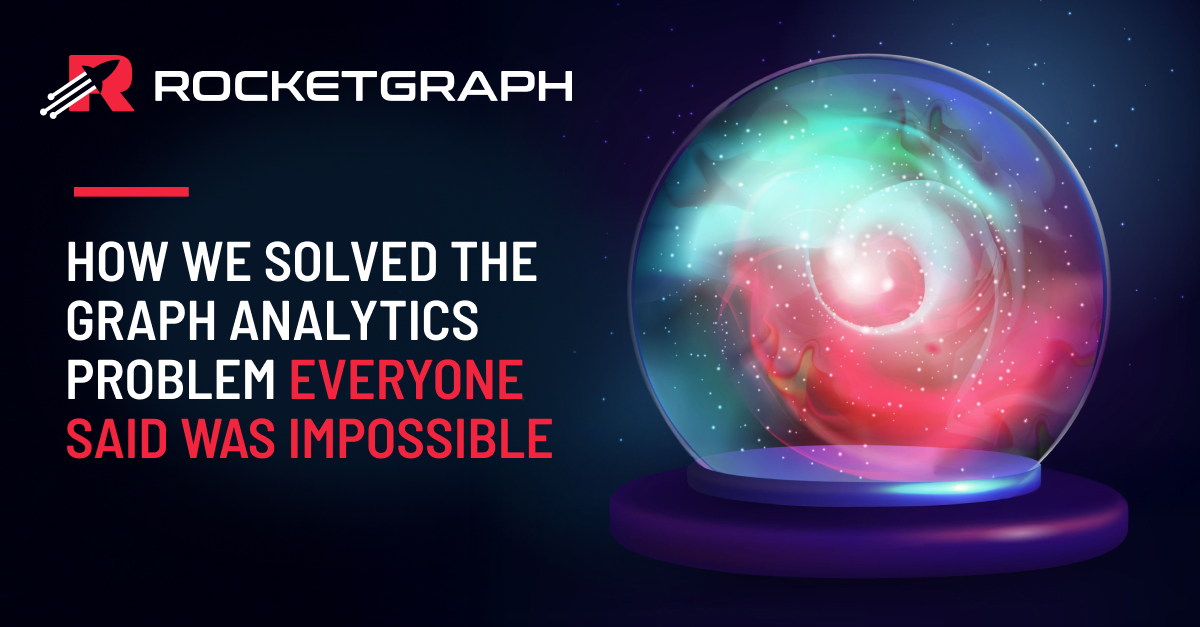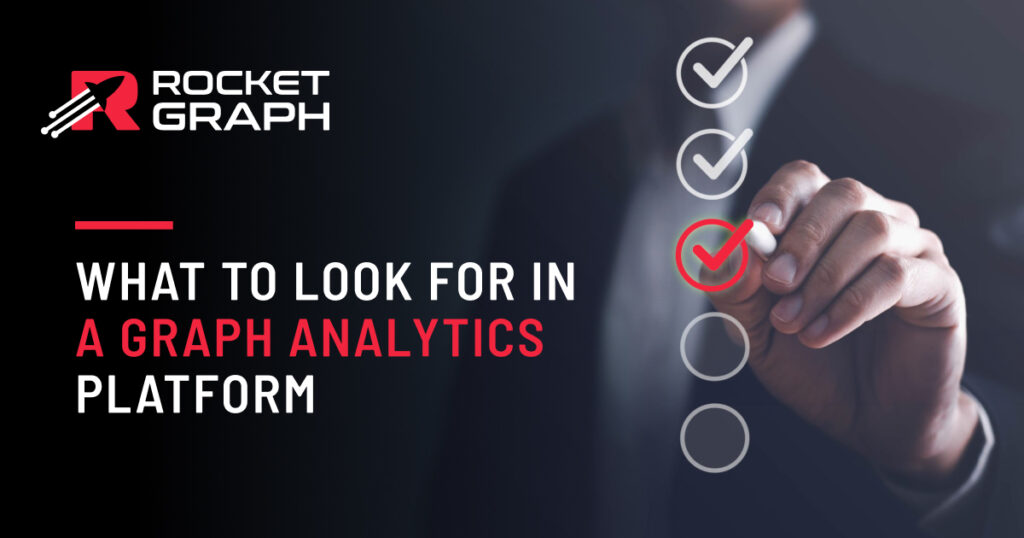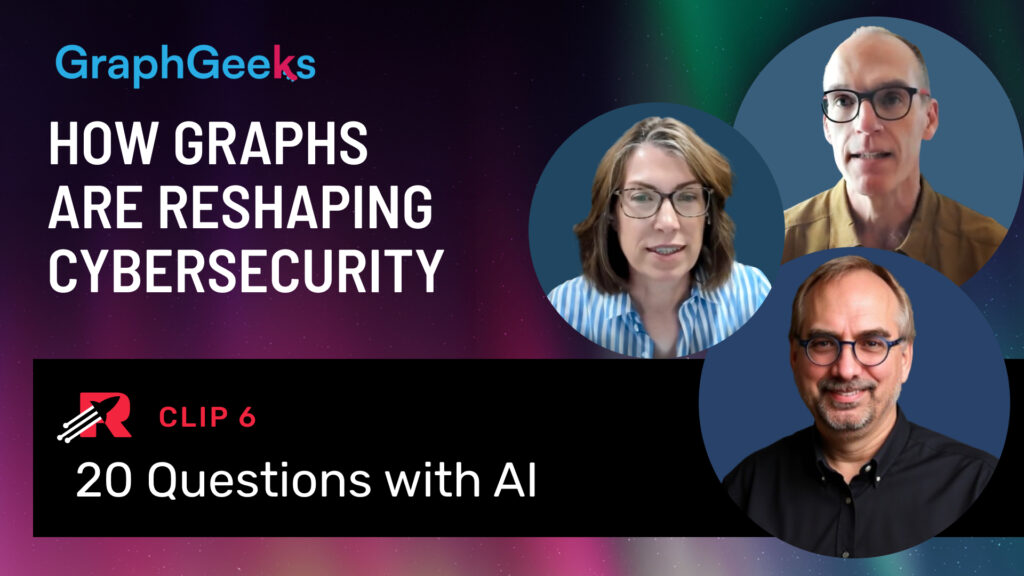Here’s something that’s always bothered me about graph analytics: everyone talks about finding patterns in data, but most tools only look at tiny slices of it. They’ll analyze immediate neighbors, maybe sample a few thousand relationships, and call it comprehensive. Meanwhile, the most important insights—the fraud rings that span continents, the attack patterns that unfold over months—remain completely invisible.
In today’s data-driven world, the most valuable insights often hide in the connections between entities. But when graphs contain billions of connections, traditional analytics tools hit a wall: they simply can’t scan fast enough to find complex patterns before the insights become stale.
What if you could:
-
Analyze your entire graph—not just samples or neighborhoods—to find patterns that span dozens of relationships in seconds instead of hours?
-
Eliminate millions of unnecessary calculations with smart mathematical reasoning?
Today, I’m excited to share some innovations behind our Graph Search Optimization System (GSOS), protected by three patents that work together to enable true graph-wide scanning at scale. I’m talking about analyzing entire datasets—all of the graph—for complex patterns that span dozens of relationships, and getting results in seconds instead of hours.
Why This Matters (And Why It’s Been So Hard)
Think about how cybersecurity analysts work today. When they’re tracking an advanced persistent threat, they need to trace communications that might flow from person A to B to C, with specific timing requirements and maybe geographic constraints. Or consider fraud investigators hunting for money laundering schemes that bounce between multiple banks, countries, and timeframes.
Today’s tools force analysts into an impossible choice:
-
Get fast results by looking at small chunks of data (and probably miss the big picture)
-
Try to analyze everything comprehensively (and wait so long that the insights become useless)
This isn’t a minor limitation—it’s the difference between finding 10% of the threats in an Enterprise network and finding all of them.
Rocketgraph’s Three Patents
We developed three innovations that solve different pieces of this puzzle. Individually, each one makes graph analysis faster. Together, they make comprehensive graph-wide scanning possible.
Always Take the Smart Path
Patent: US-10885116-B2
This one’s conceptually simple but mathematically powerful.
Think of it like this: you need to find both your uncle and your aunt at a party where the men are in one room (10 people) and the women are in another (100 people). If you search the men’s room first and don’t find your uncle, you’re done after checking just 10 people. But if you start with the women’s room and don’t find your aunt, you’ve wasted effort checking 100 people to reach the same conclusion. That’s why our Edge-Count Directed system always explores the path with fewer possibilities first. When this compounds across every step of a multi-hop graph search, the time savings become exponential.
What this means in practice:
-
Complex relationship searches that used to take hours now finish in minutes
-
You can analyze an entire dataset instead of settling for samples
-
The bigger a graph gets, the better this technique works
Predict Dead Ends Before You Hit Them
Patent: US-10885117-B2
This is where things get really interesting. Our Derived Constraint system uses logical reasoning to eliminate search paths before wasting computational cycles on them.
Here’s a real example from financial fraud detection: if transaction A must happen before transaction B, and B must happen before time X, then obviously A must happen before time X too. Seems obvious, right? But most systems don’t make these logical connections automatically. They’ll still check thousands of transaction chains that violate this basic constraint.
Our system figures this stuff out ahead of time and eliminates millions to billions of unnecessary calculations. It’s like having a mathematical crystal ball that tells you which paths are worth exploring.
Work With Your Data, Not Against It
Patent: US-11727061-B2
The third piece is about smart data organization. Our Sorted Property system arranges information so that finding complex relationships becomes dramatically more efficient.
In our patent documentation, we show a simple example that reduces 63 evaluations to just 12. But scale that up to enterprise data: when you have millions of incident edges that need checking against property constraints, you’re talking about transforming trillions of potential evaluations into thousands.
The bigger a dataset, the more dramatic the improvement. Analysis that would take weeks becomes feasible in minutes. It’s not just faster—it makes previously impossible analyses routine.
What Graph-Wide Scanning Actually Gives You
Here’s where these three innovations become transformational. Working together, they enable something that was genuinely impossible before: real-time, comprehensive analysis of your entire graph.
Instead of sampling 10% of data and hoping to catch important stuff, you analyze 100% of your relationships. Instead of waiting hours for results, you get insights in seconds—while threats are still developing and opportunities are still available.
Questions you can finally ask:
-
What sophisticated schemes span my entire network?
-
What attack patterns are unfolding right now across my infrastructure?
-
What supply chain vulnerabilities could cascade through my entire operation?
From Defense Research to Real-World Impact
These techniques emerged from national security work where “good enough” analysis simply wasn’t an option. We needed to find sophisticated threat patterns across massive datasets in real-time, every time.
But the applications go way beyond government work:
-
Cybersecurity teams can now identify advanced persistent threats by tracing complete attack paths across entire network infrastructures, not just individual system logs.
-
Banks can detect complex money laundering schemes that span multiple institutions and countries—patterns that sampling-based approaches would never catch.
-
Manufacturers can spot cascading risk patterns across global supplier networks, identifying vulnerabilities weeks before they cause operational disruptions.
-
Researchers can analyze complete biological networks to understand disease mechanisms at unprecedented scale and detail.
The common thread? These organizations stopped asking “What can we find in our data samples?” and started asking “What insights exist across our complete dataset?”
The Technical Foundation
These techniques covered by our patents are designed for modern parallel processing architectures. They scale efficiently across multiple cores and processors. They’re built to handle billion-edge graphs entirely in memory, enabling response times that give data owners their insight long before the information is stale.
Each optimization is grounded in formal mathematical principles, so performance improvements are predictable and reliable across different data types and query patterns. Whether you’re analyzing financial transactions, network communications, geospatial data, supply chains, or scientific datasets, these optimizations adapt to your specific requirements.
The result is counterintuitive: the system actually performs better as your datasets become larger and more interconnected.
What’s Next
The future belongs to organizations that can ask bigger questions of their data—and get complete answers while they still matter.
These patents represent a fundamental shift from “sample and hope” to complete data comprehension. As organizations generate increasingly complex, interconnected data, graph-wide scanning becomes essential for understanding how threats propagate, where opportunities emerge, and how to optimize across complete systems.
We’re continuing to build on these foundations at Rocketgraph, recently adding generative AI interfaces that make this level of analytical power accessible to those that need it most, decision makers and domain experts, not just data scientists.
Patents & Credits
These innovations are protected under U.S. Patents 11,727,061, 10,885,117, and 10,885,116, with David Haglin, Daniel Chavarria-Miranda, Robert Adolf, and Patrice Loos as co-inventors.
Learn more about graph-wide scanning capabilities.




